In the trend of modern home design, the functionality and aesthetic status of bathrooms are constantly improving. Consumers are increasingly inclined to create spaces that combine comfort, practicality, and a personalised style when renovating their bathrooms. In this process, the bathroom vanity plays a crucial role, not only as the core furniture for daily use, but also as the visual focal point that affects the overall design atmosphere.
In recent years, wooden vanities have gradually become the preferred choice for many families and designers. It meets the multiple demands of modern consumers for environmental protection, quality, and aesthetics with its natural texture, warm colour tones, and excellent craftsmanship. However, wooden materials also face some undeniable challenges in damp bathroom environments. This article will analyse the advantages and disadvantages of using a wooden vanity in bathroom renovation from multiple perspectives, including industry trends, functional value, and consumer feedback.
1. Industry Trend: The Rise of Natural Materials and Sustainable Design
According to the National Kitchen & Bath Association's 2024 Bathroom Trends Report, over 48% of bathroom renovation projects have chosen designs that incorporate natural material elements, with a significant increase in the use of wooden bathroom cabinets. The reason is that:
Environmental Protection and Sustainability: With increasing consumer attention to environmental protection, materials such as solid wood and recycled wood have become market priorities.
Style fusion: A wooden vanity can adapt to various decorative styles, such as modern simplicity, Nordic, rural, and traditional.
Personality expression: Compared to mass-produced panel materials, the natural texture and colour difference of wood bring a unique visual effect to the space.
In other words, a wooden vanity is not just a piece of furniture, but also a reflection of lifestyle and values.
2. Main advantages of the Wooden Vanity
1. Natural beauty and warm texture
The natural texture and colour of wood can inject warmth into cold tiles, glass, and metal elements, relieving the coldness and hardness of bathroom spaces. This visual balance often becomes the primary reason why many designers choose wooden vanities.
2. Strong style adaptability
Whether it's dark walnut wood paired with a modern minimalist style or light oak combined with a Nordic style, a wooden vanity can demonstrate strong inclusivity. Meanwhile, wood can meet the personalized needs of different consumers through various painting and processing methods.
3. Sustainable and Environmental Value
Compared to artificial boards or PVC materials, the renewable properties of wood align more closely with the concept of green building. Many manufacturers also opt for FSC-certified timber to ensure that the source is both legal and environmentally friendly, thereby catering to modern consumers' concerns about sustainable living.
4. Durability and long lifespan (under reasonable maintenance)
High-quality solid wood bathroom cabinets, after professional moisture-proofing and surface treatment, can maintain a service life of decades. Compared to some low-end artificial materials, wooden vanities offer more advantages in terms of durability and value retention.
5. Highly customizable
Wood has good processability, allowing consumers to customise their products in depth, including size, drawer layout, countertop selection, and even surface texture. This feature satisfies the personalized pursuit of functionality and aesthetics by different families.

3. Main Drawbacks of the Wooden Vanity
1. Easily affected by humidity and temperature
The bathroom environment is generally humid, and wood may experience expansion, contraction, or cracking problems under long-term exposure. If the waterproof coating is not applied correctly, the service life of the cabinet will be significantly affected.
2. High maintenance costs
Compared to PVC or metal materials, wooden vanities require more frequent maintenance. For example, regularly applying waterproof wax and checking the sealing of the cabinet to prevent water vapour from penetrating. For people with a fast-paced lifestyle, this additional maintenance work may be seen as a burden.
3. Relatively high cost
The price of solid wood bathroom cabinets is usually higher than that of ordinary artificial boards or veneer products. For families with limited budgets, they may be more inclined to choose economical alternative materials.
4. Limited anti-pollution ability
Wooden surfaces are relatively susceptible to stains, including water stains, toothpaste, and cosmetic residues. If not cleaned promptly, it may leave marks on the surface, which can affect the aesthetics.
5. Difficulty in installation and transportation
Due to the heavyweight of wooden vanities, professional personnel are required for installation, which increases construction costs and complexity. Meanwhile, in future relocation or renovation, it is not as flexible as lightweight materials.
4. Consumer feedback and market response
According to the 2024 home decoration user survey on the Houzz platform in the United States, among consumers who have installed wooden bathroom cabinets:
78% of people believe that its aesthetics have significantly improved the overall decoration effect.
62% of users recognize its durability and high-end feel;
However, at the same time, about 35% of users complain about high maintenance costs, especially for households in humid areas.
This indicates that the market acceptance of the Wooden Vanity is high; however, consumers also have genuine concerns about its subsequent maintenance.
5. How to choose and use a Wooden Vanity reasonably in bathroom renovation?
Choose products that have undergone professional moisture-proof treatment, such as wooden cabinets with multiple layers of varnish or special waterproof coatings on the surface.
A reasonably equipped ventilation system ensures that moisture in the bathroom can be expelled promptly, preventing excessive moisture absorption by wood.
Regular maintenance: Perform waterproof wax care every 6-12 months to extend the lifespan of the cabinet.
Budget planning: For users who want to balance aesthetics and economy, a hybrid structure of a solid wood frame and veneer can be considered, which preserves the texture of wood while reducing costs.
Combining overall style: When paired with stone countertops or metal accessories, wooden vanities can better showcase the fusion of modernity and nature.
6. Conclusion
A wooden vanity offers natural beauty and durability, but it also requires more care and investment. For those who appreciate its warmth and style, it can be a lasting centerpiece in a bathroom remodel.

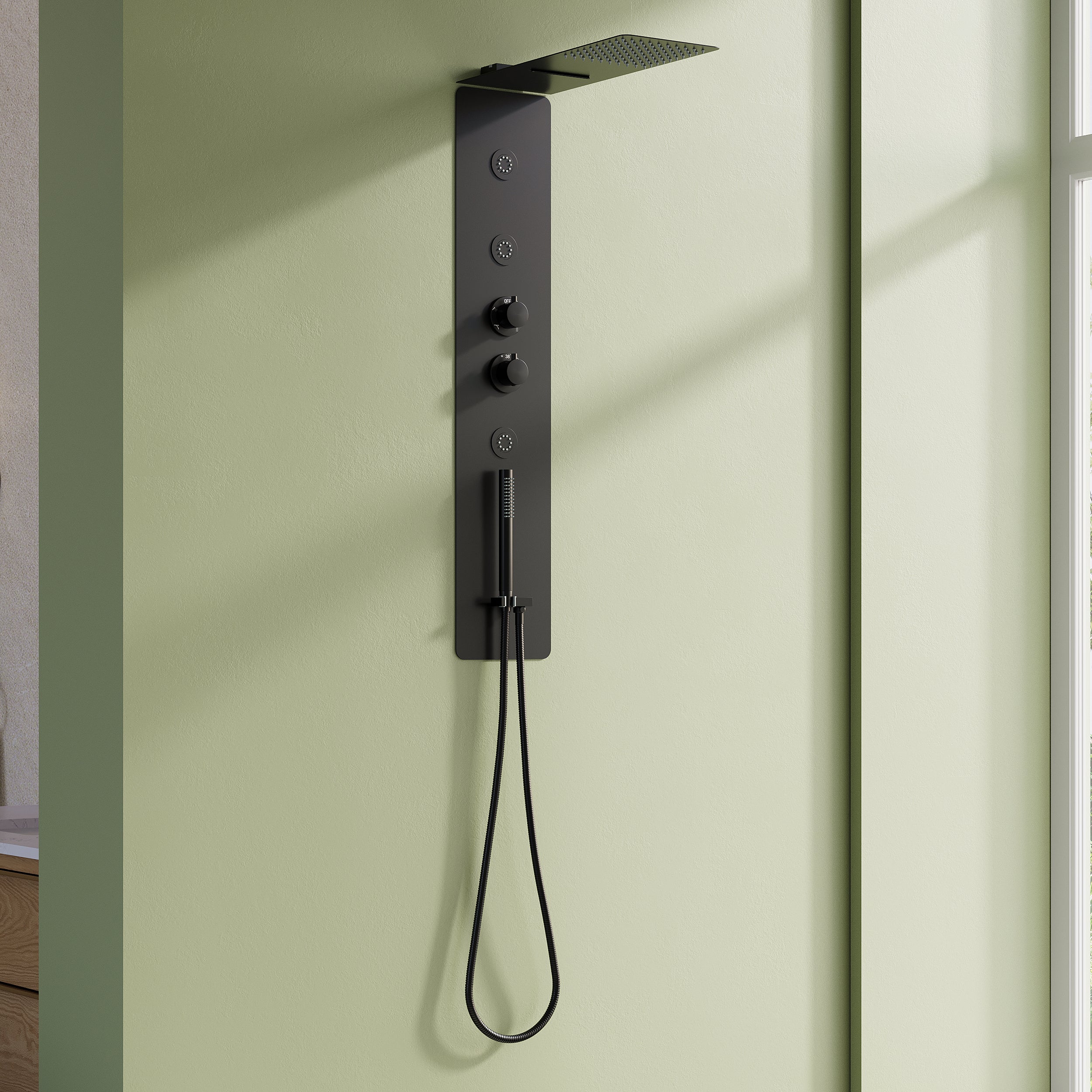






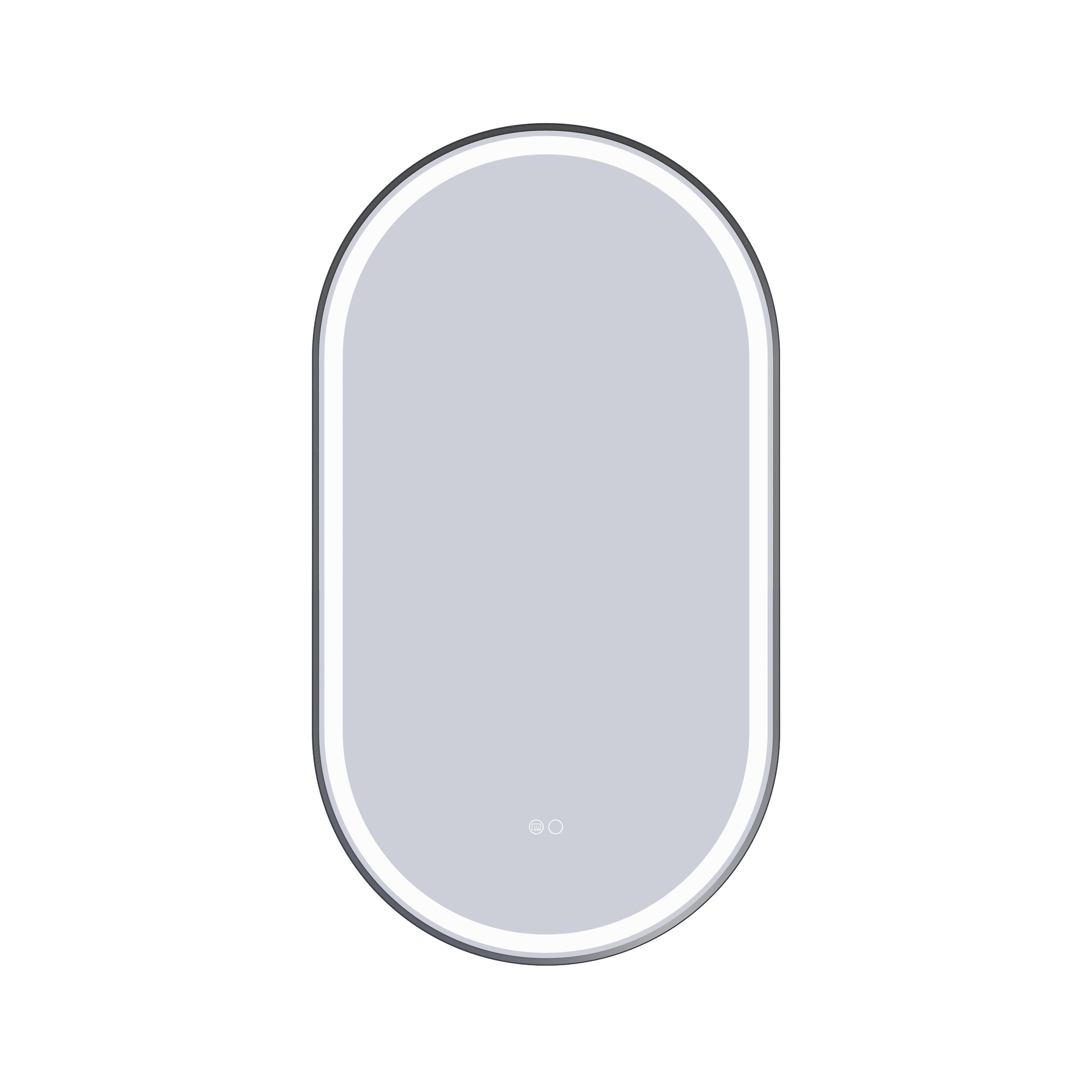



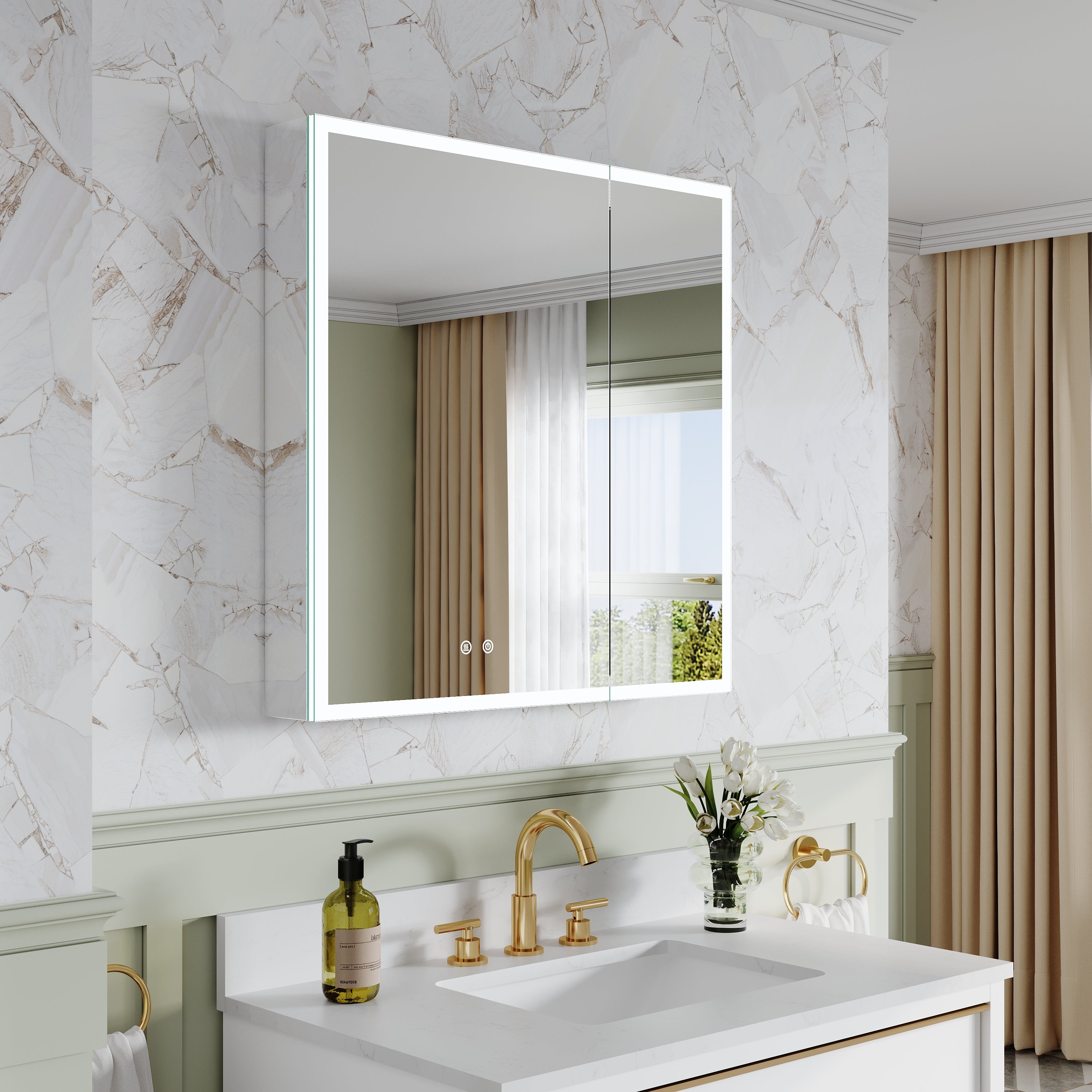
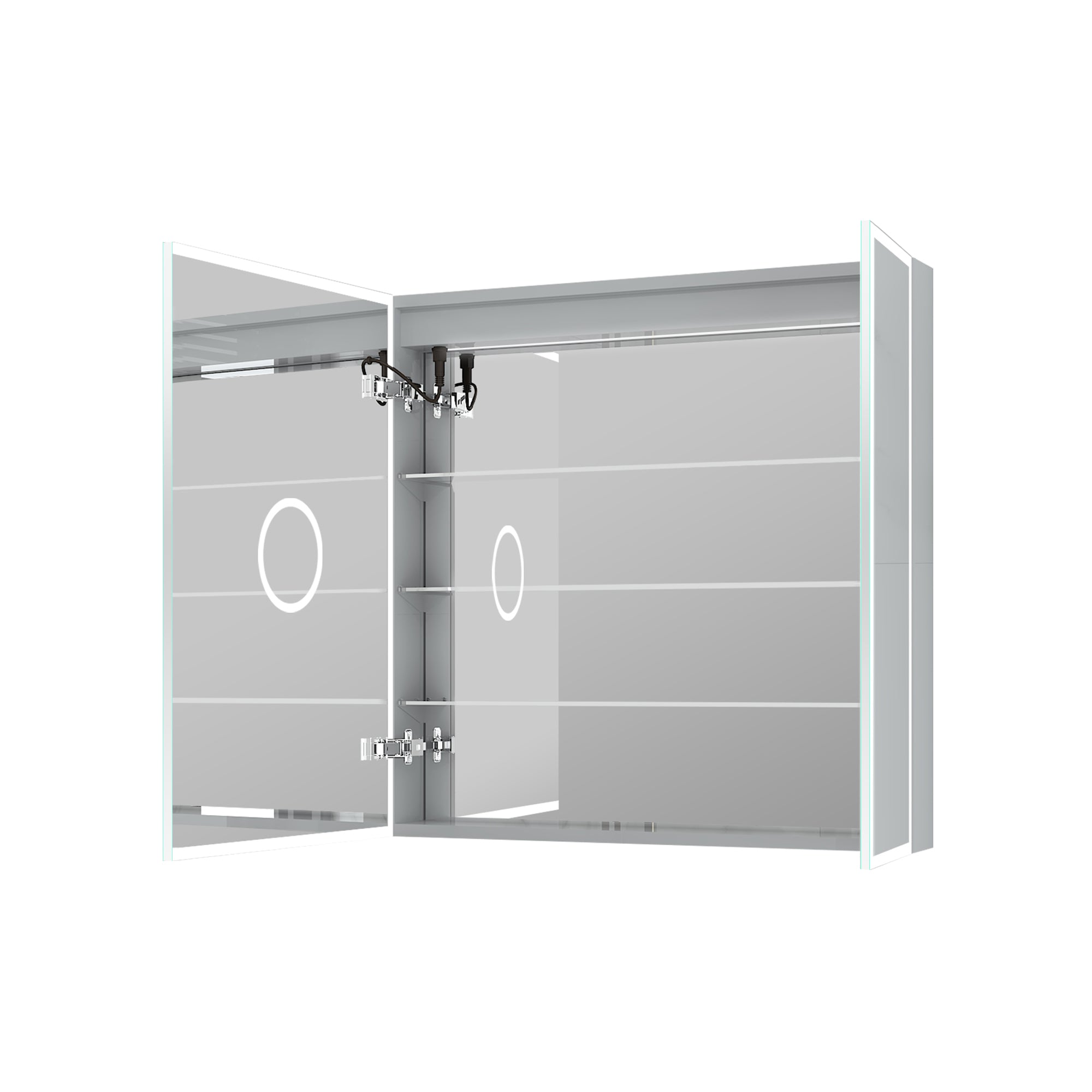
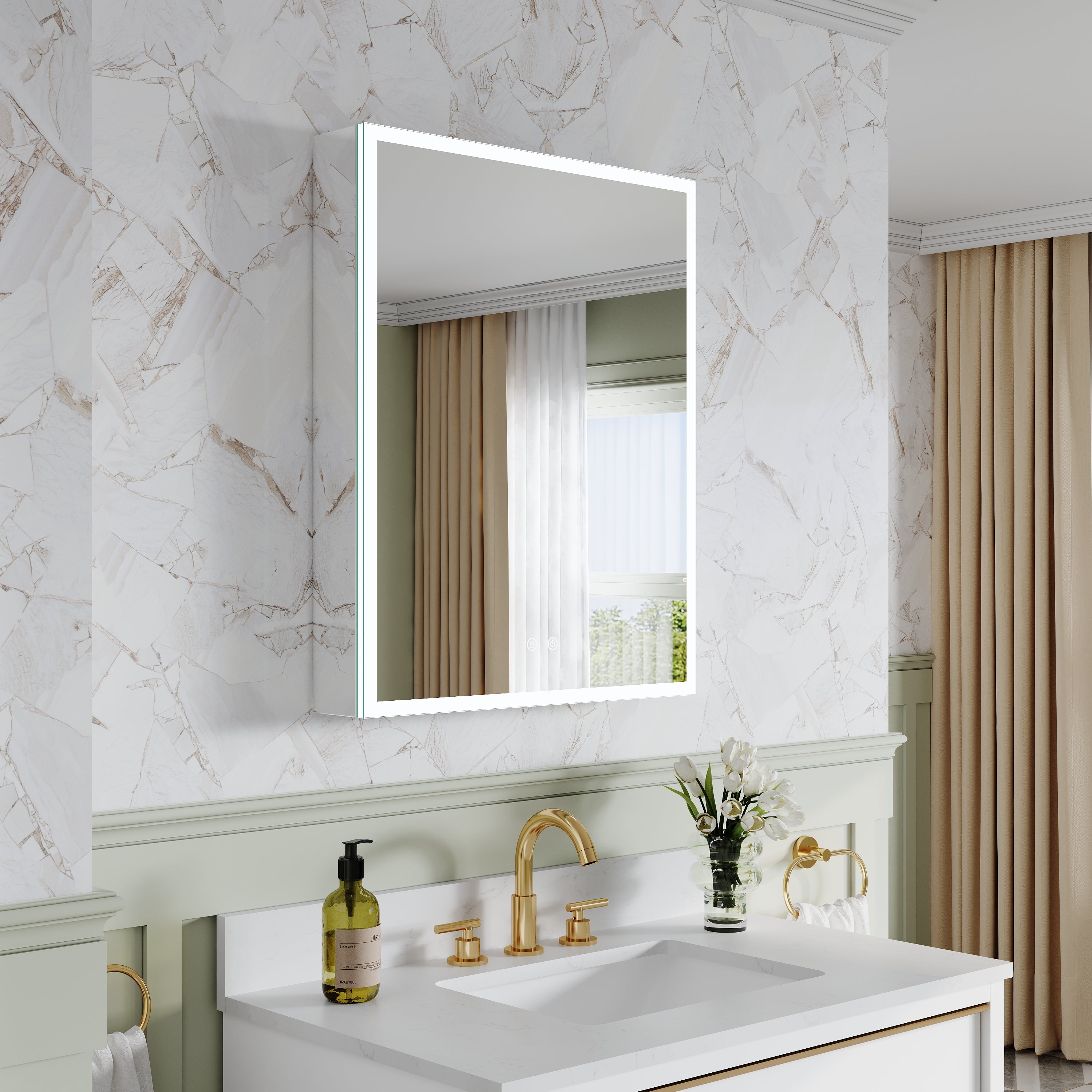
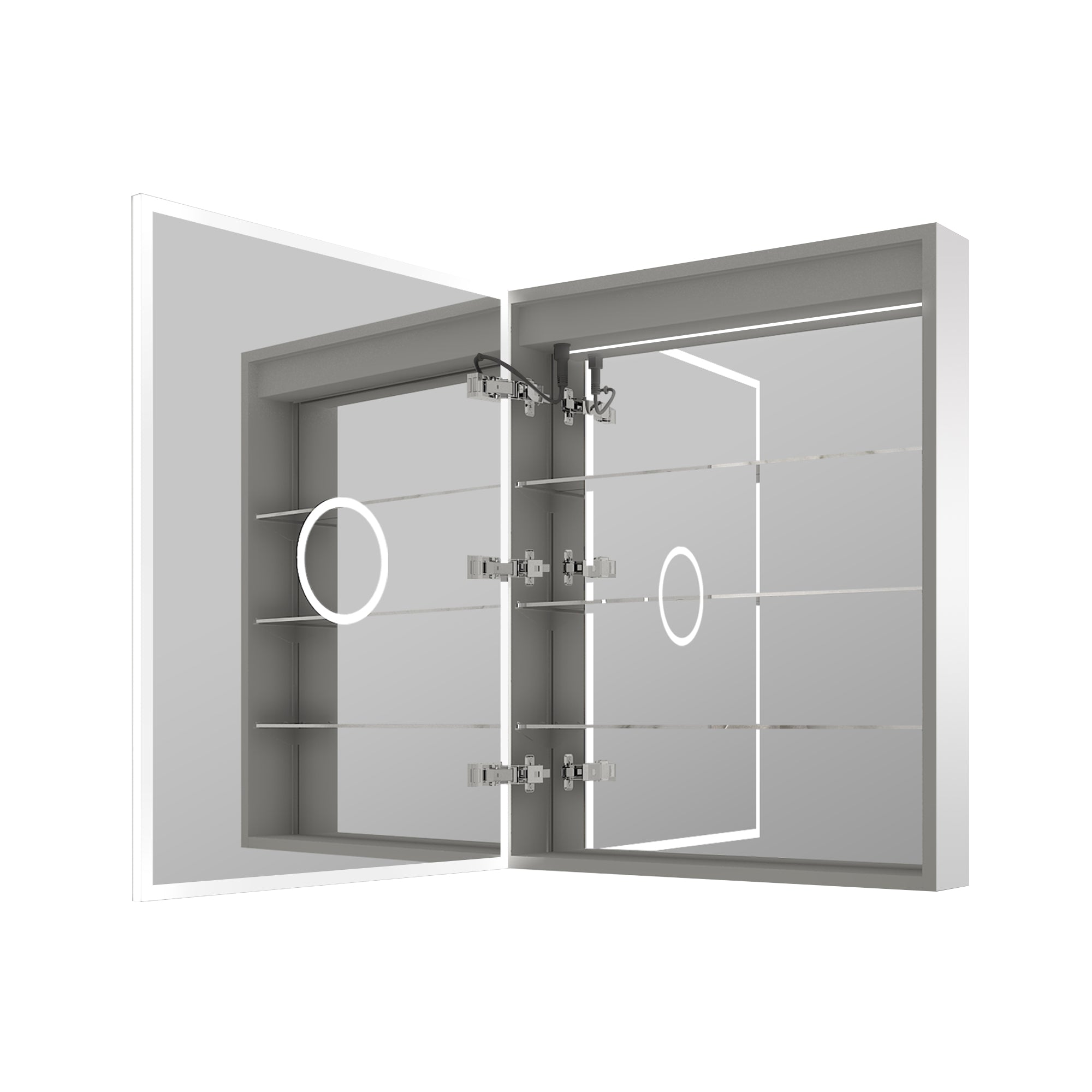
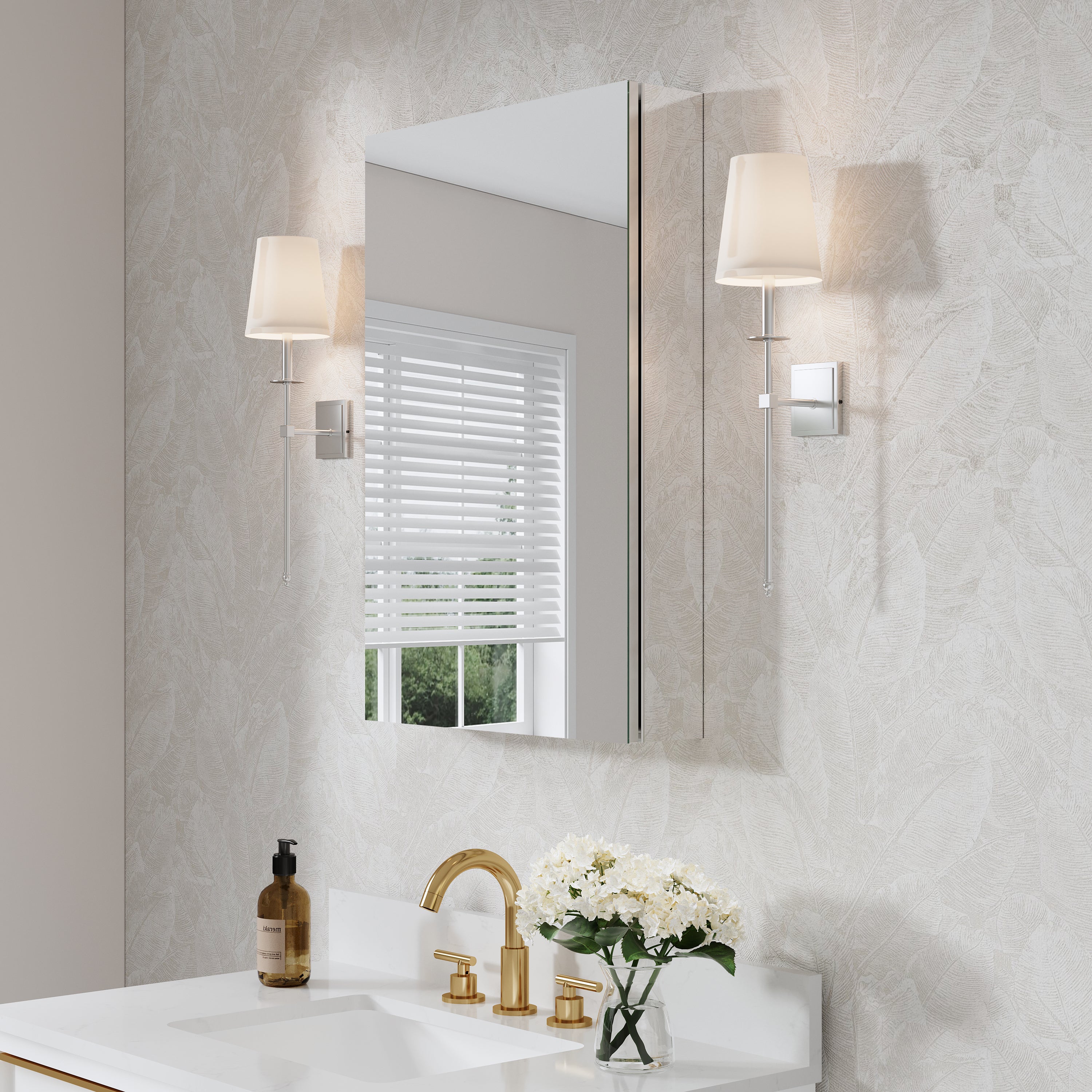
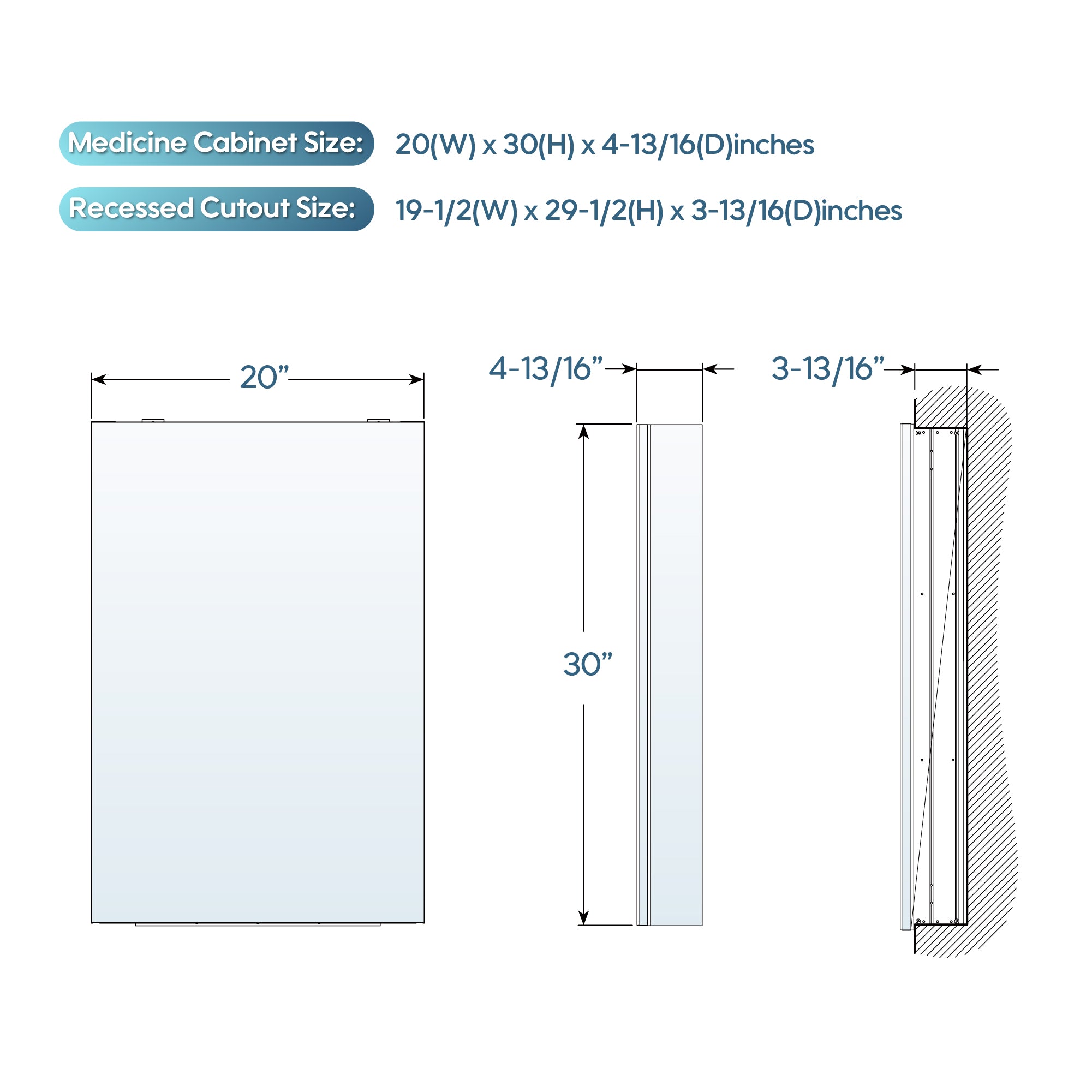
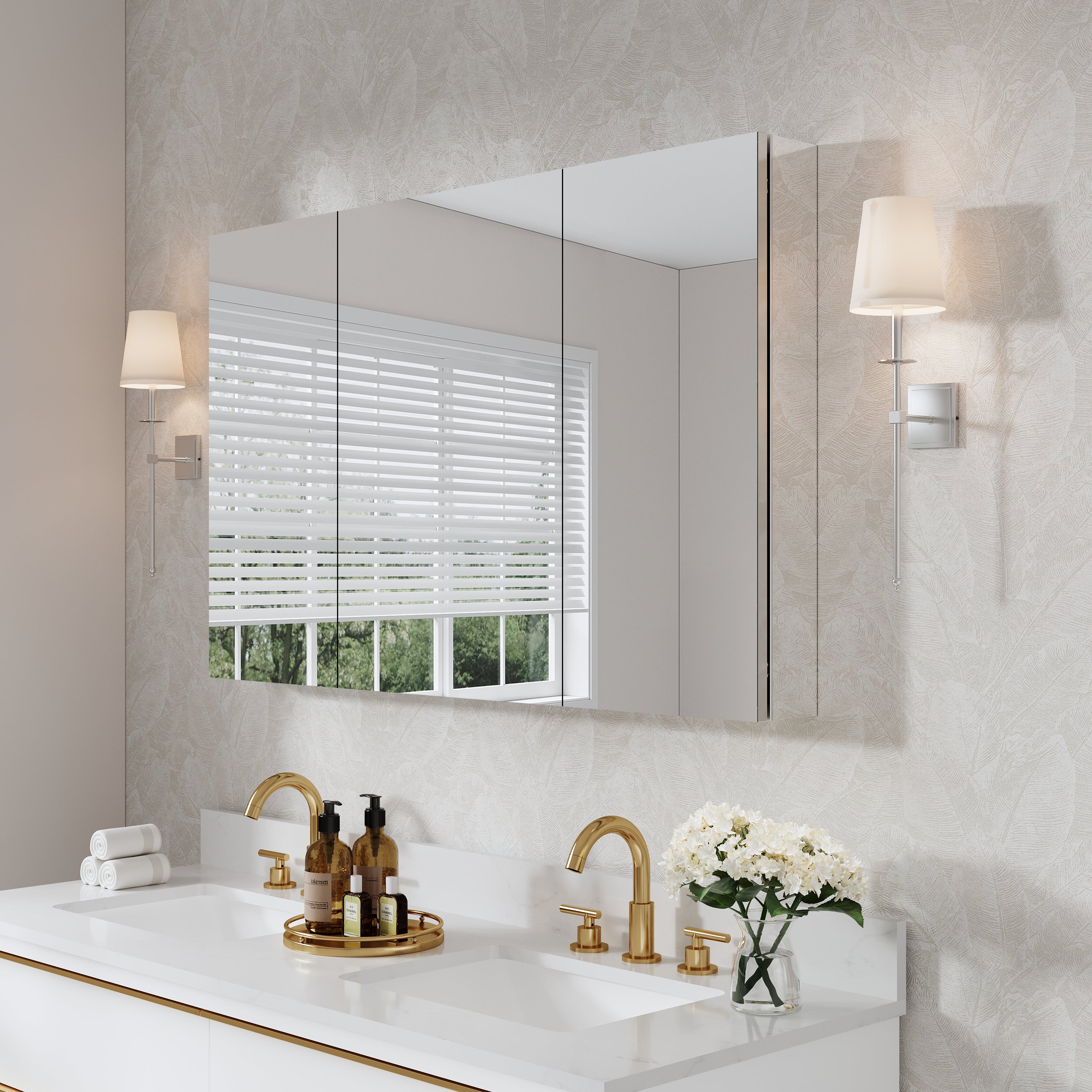
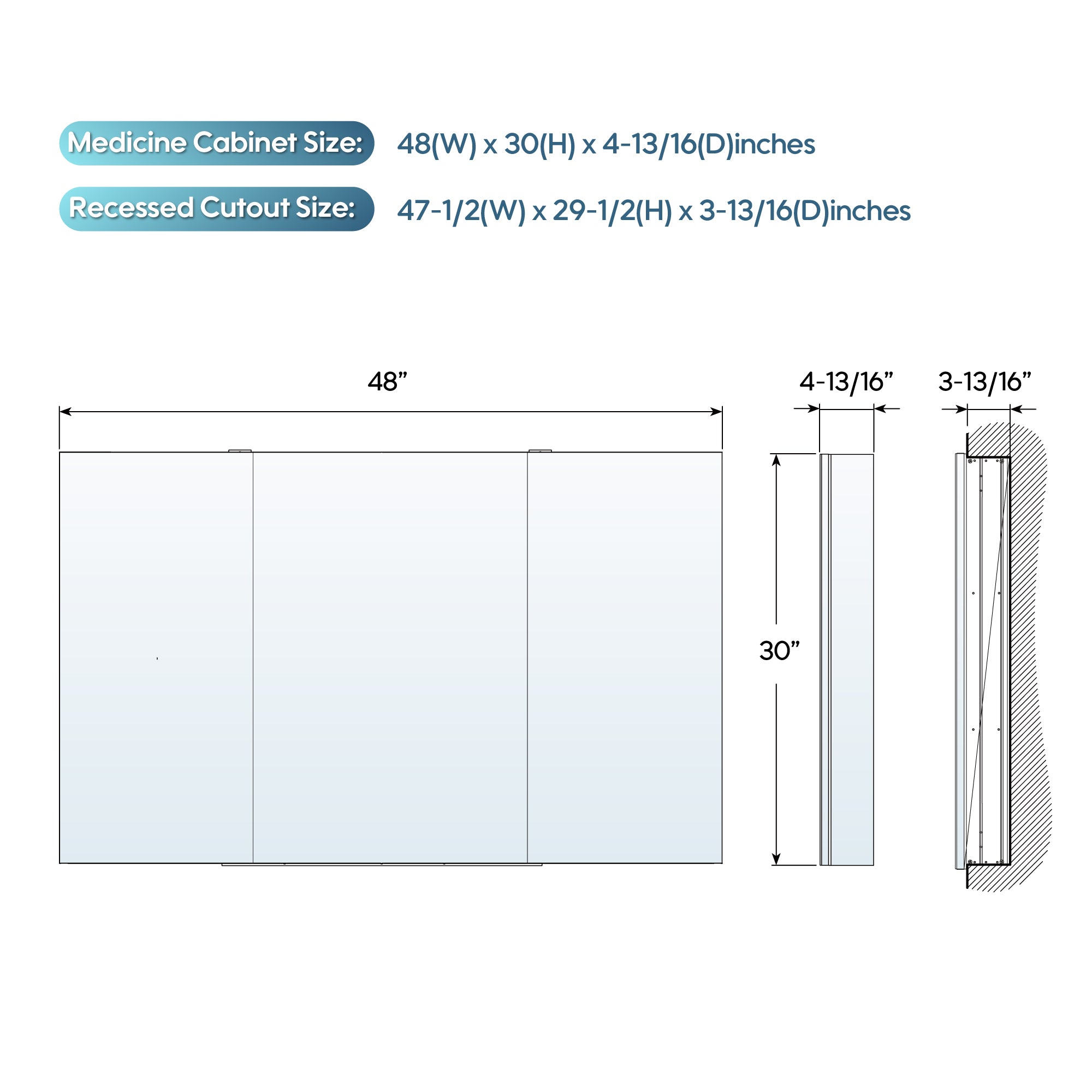
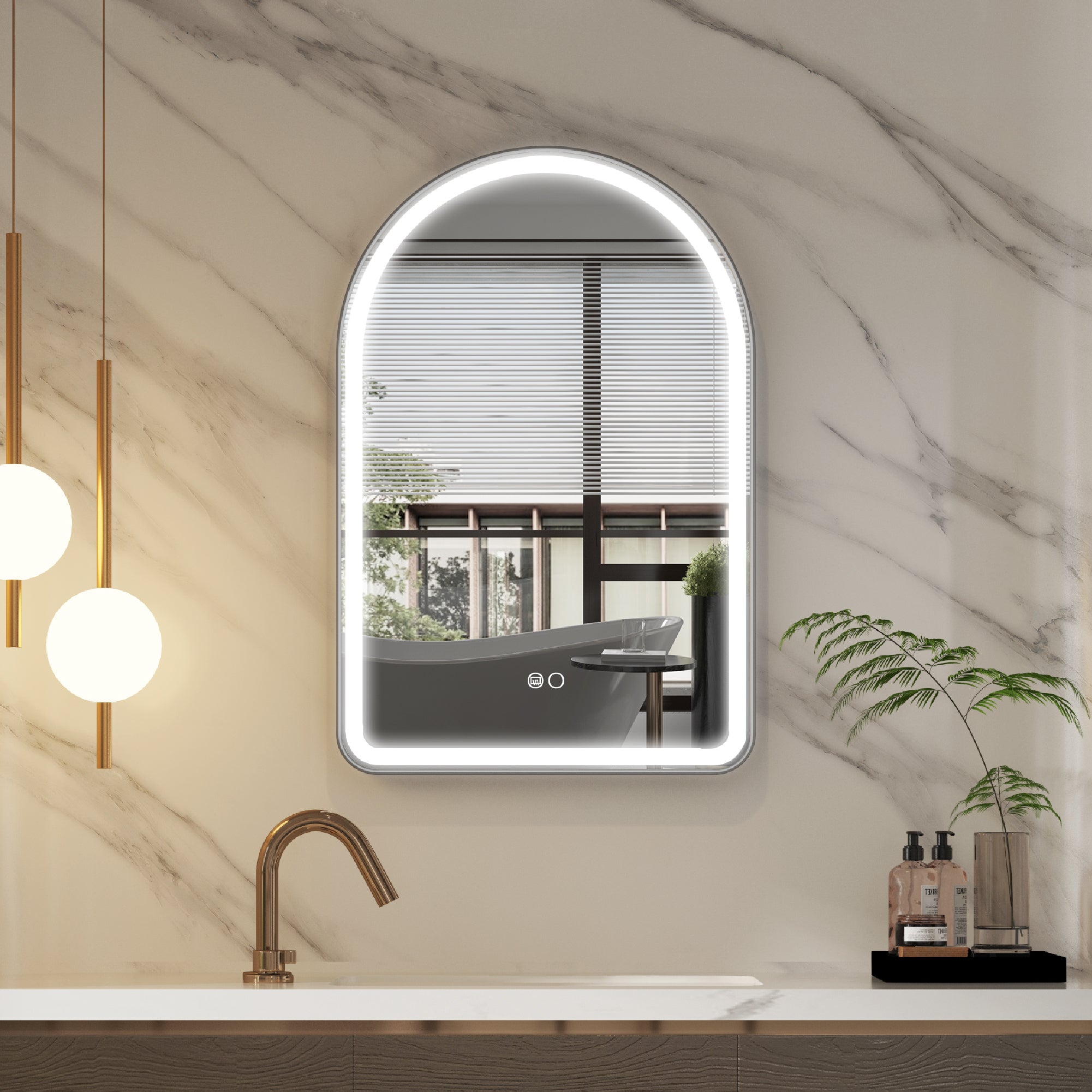
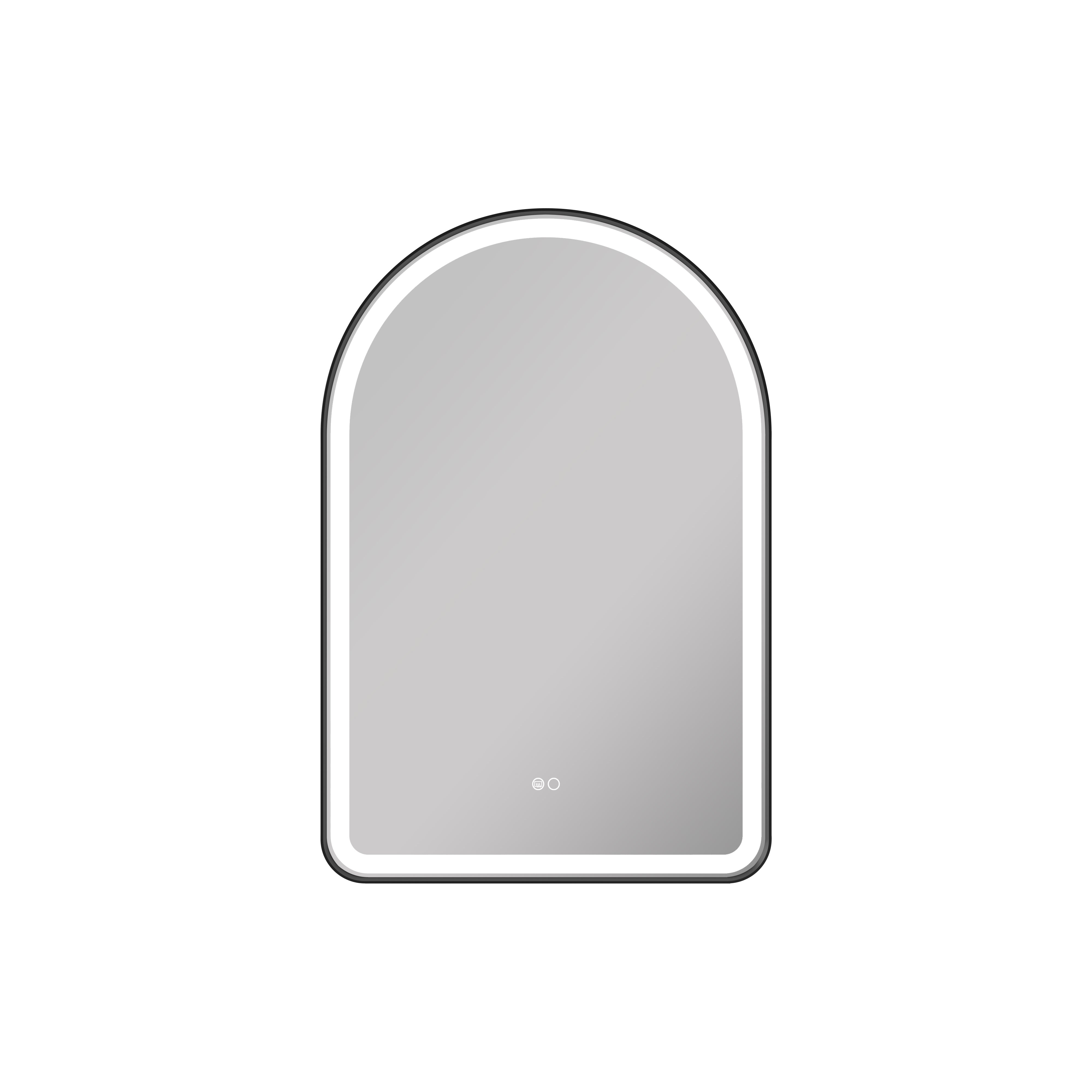


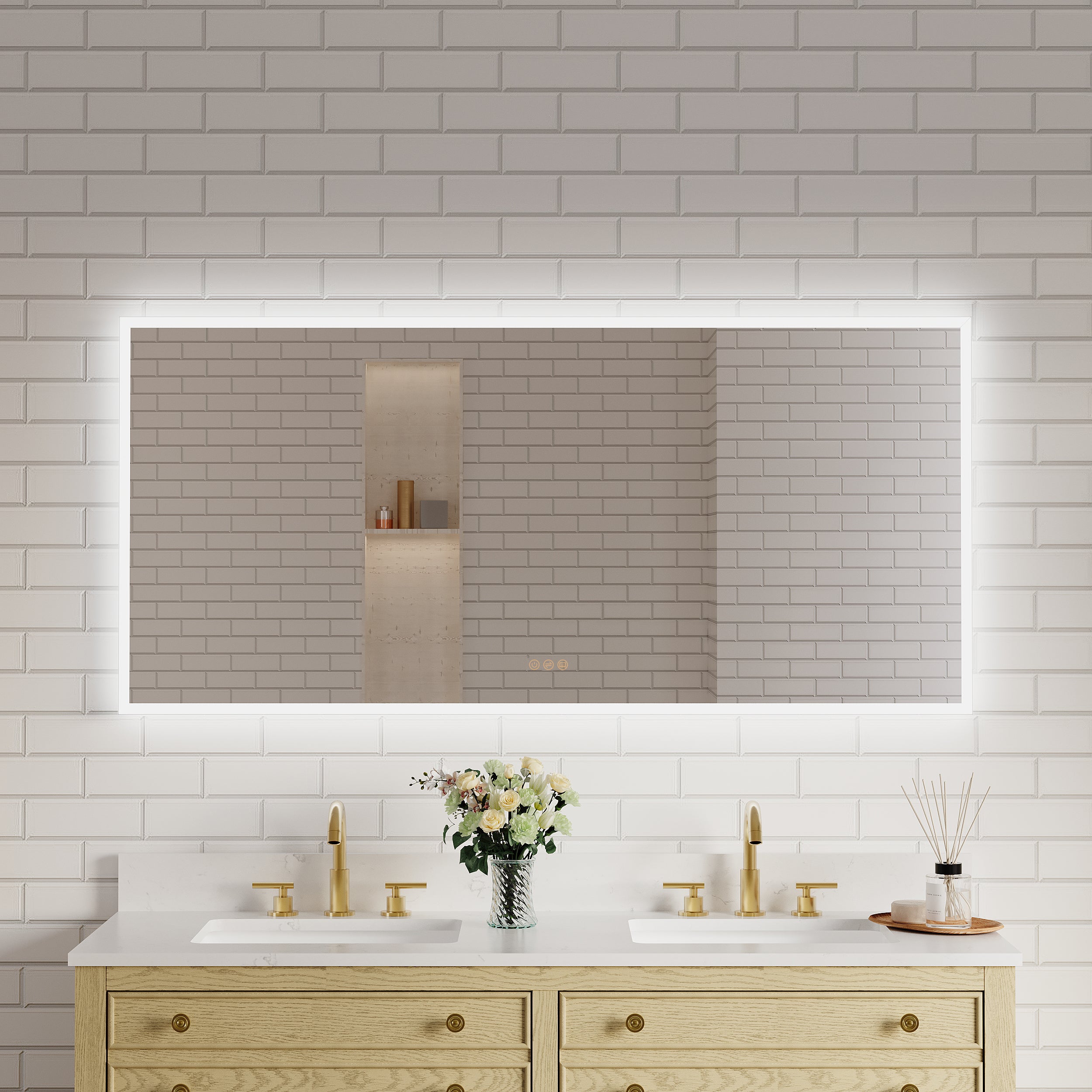

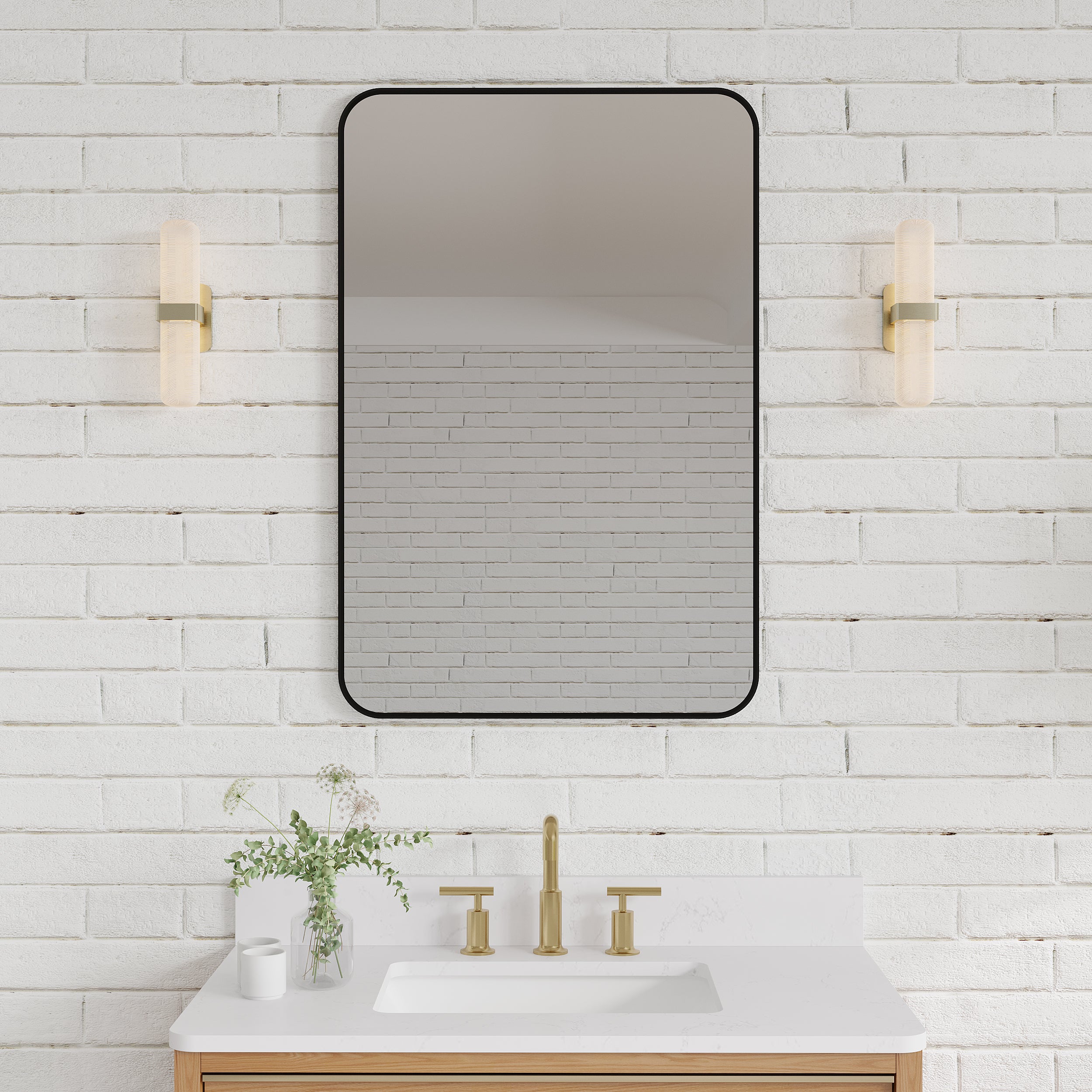

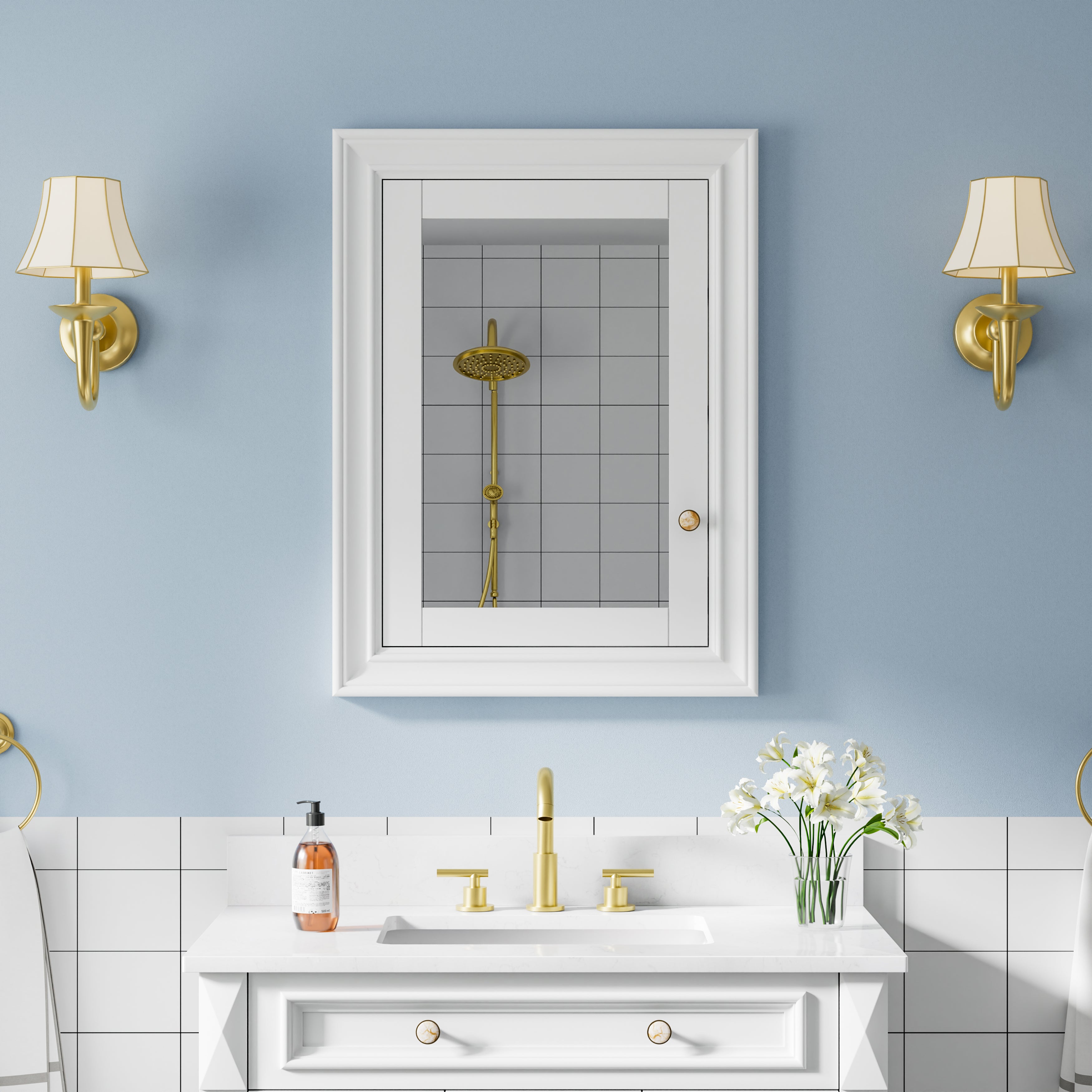
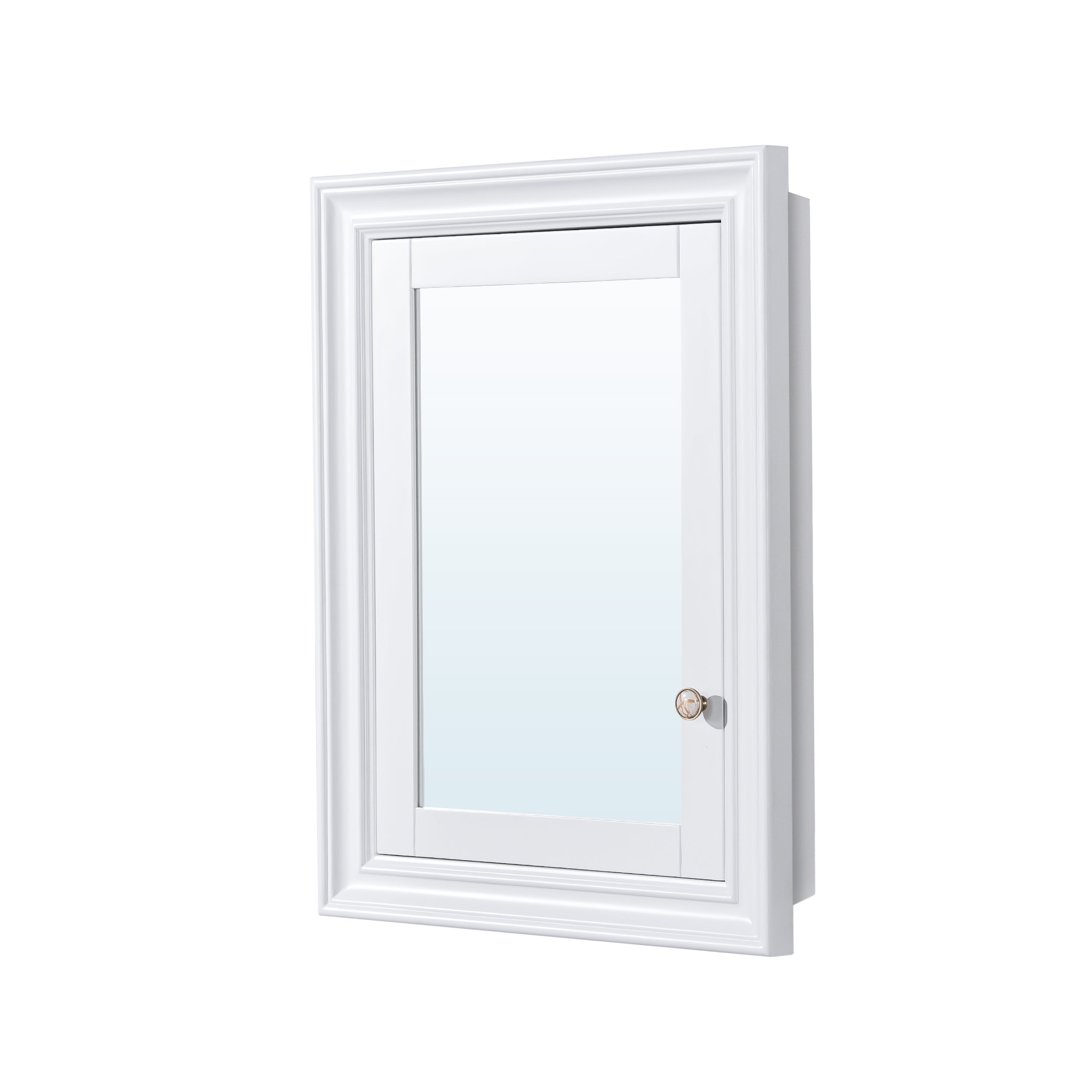










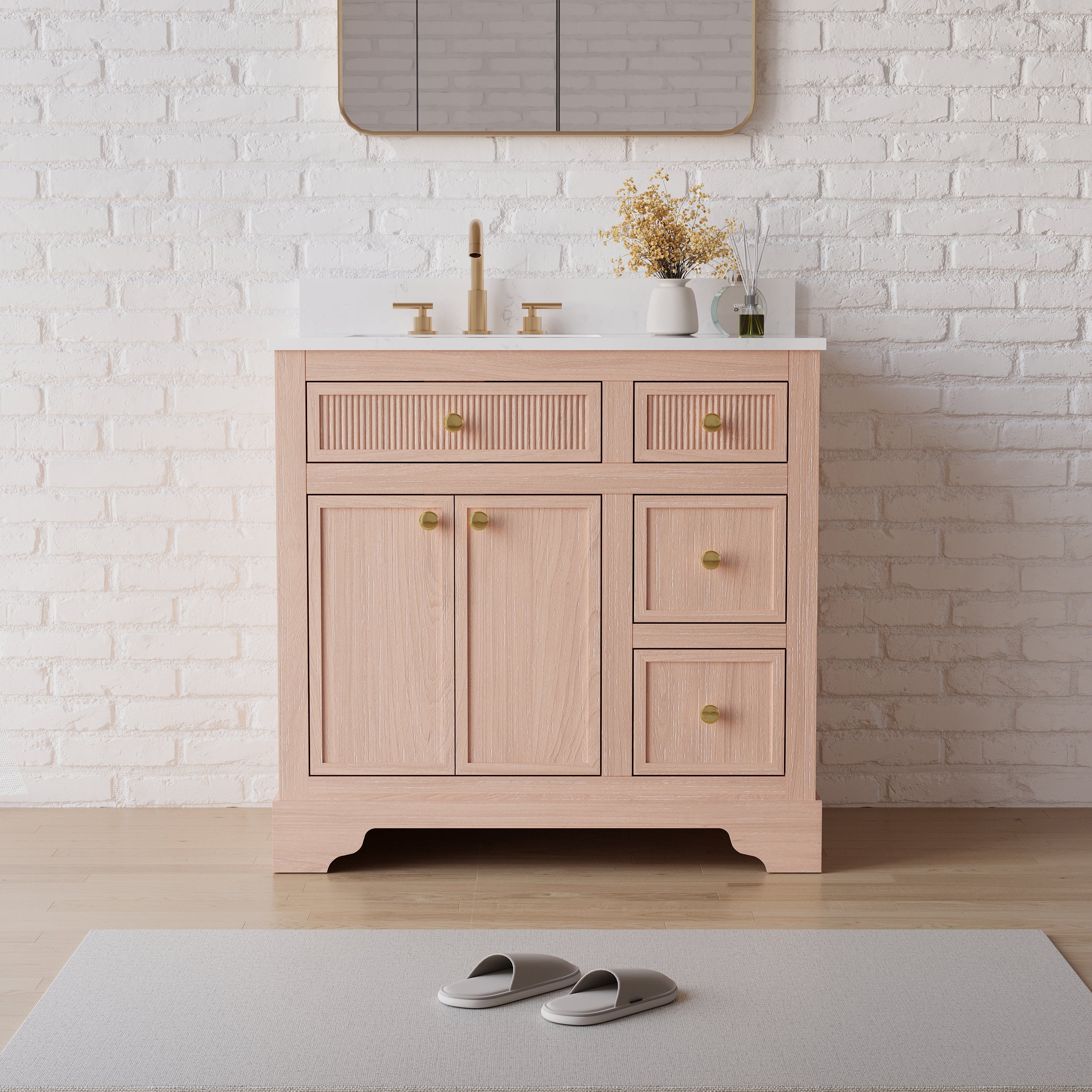
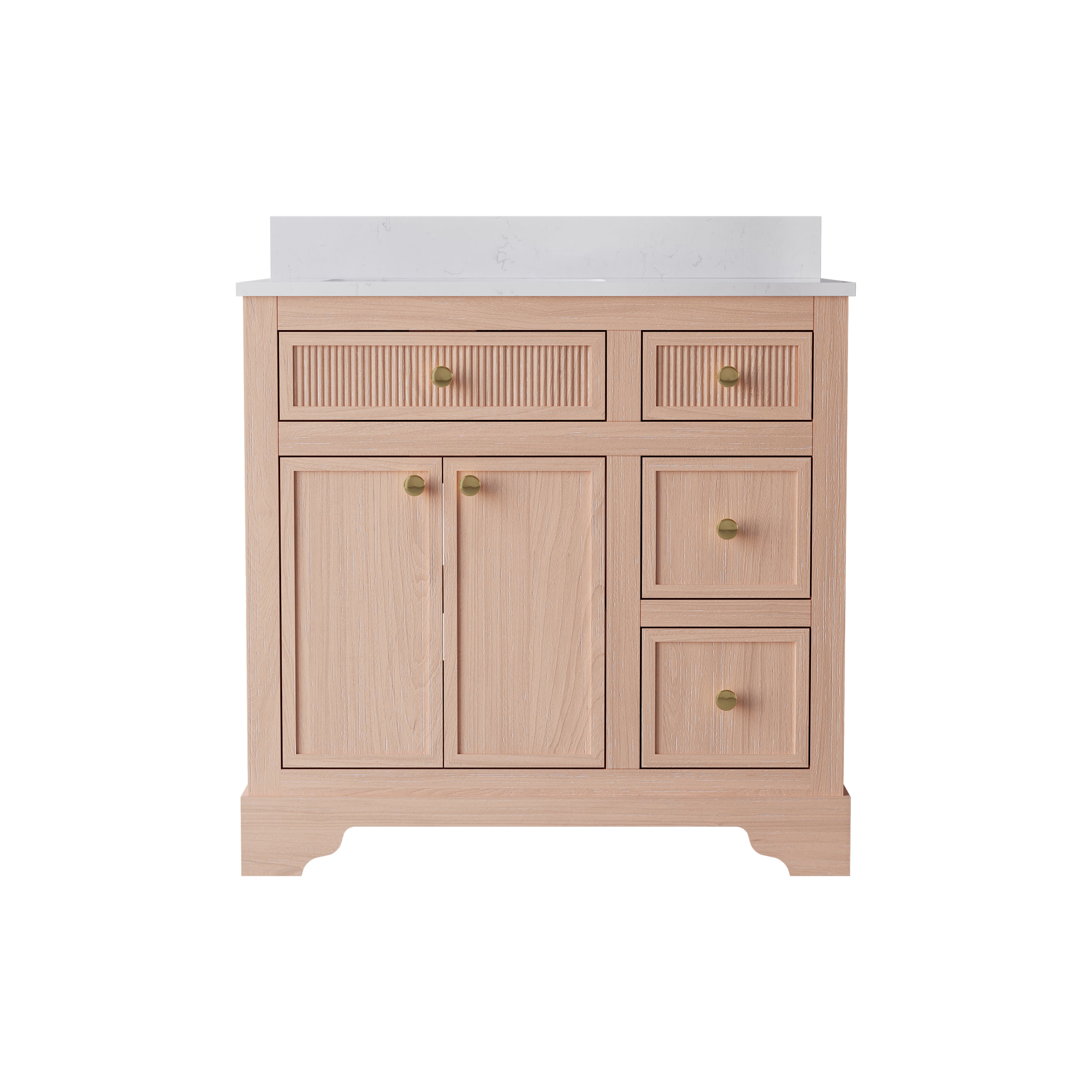
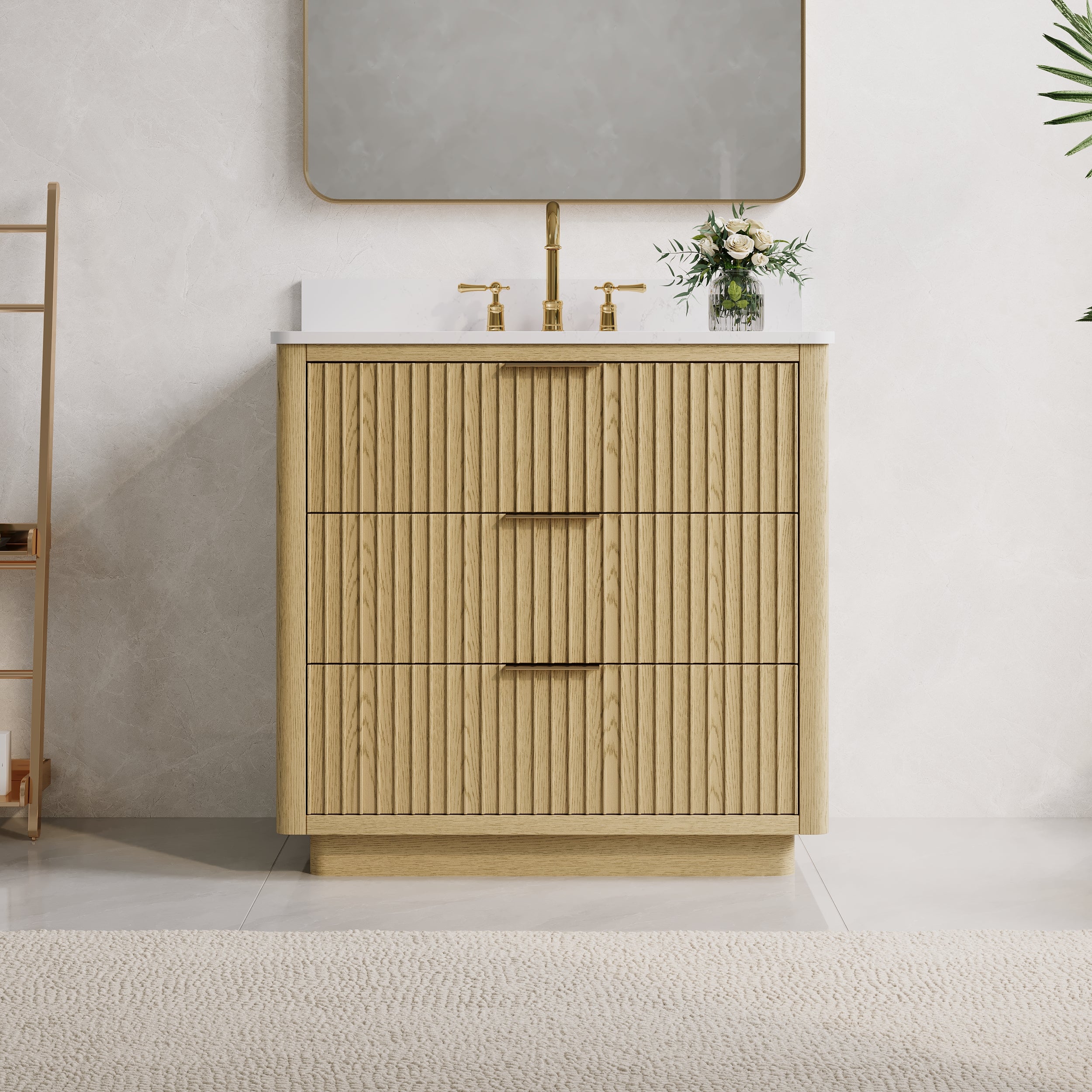
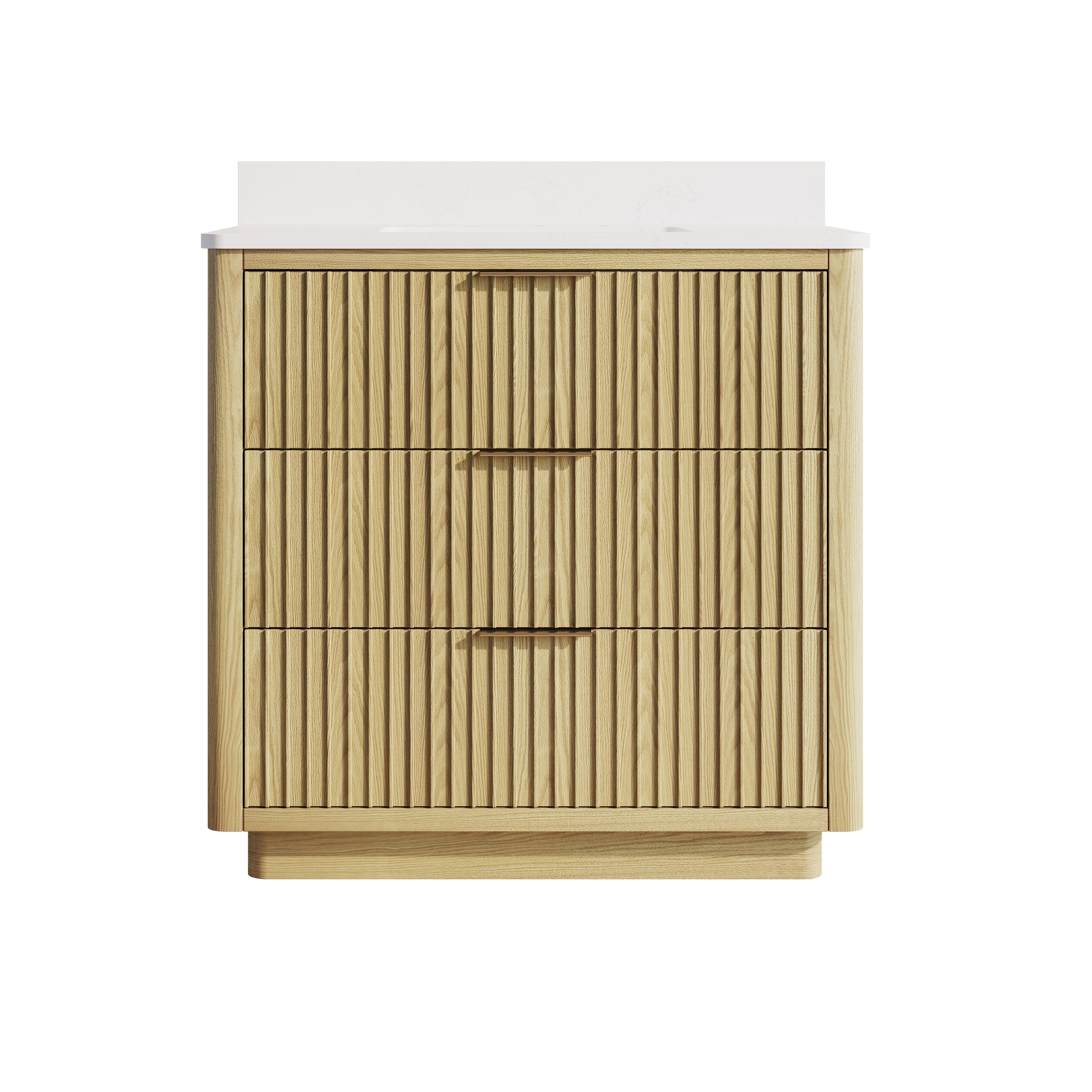
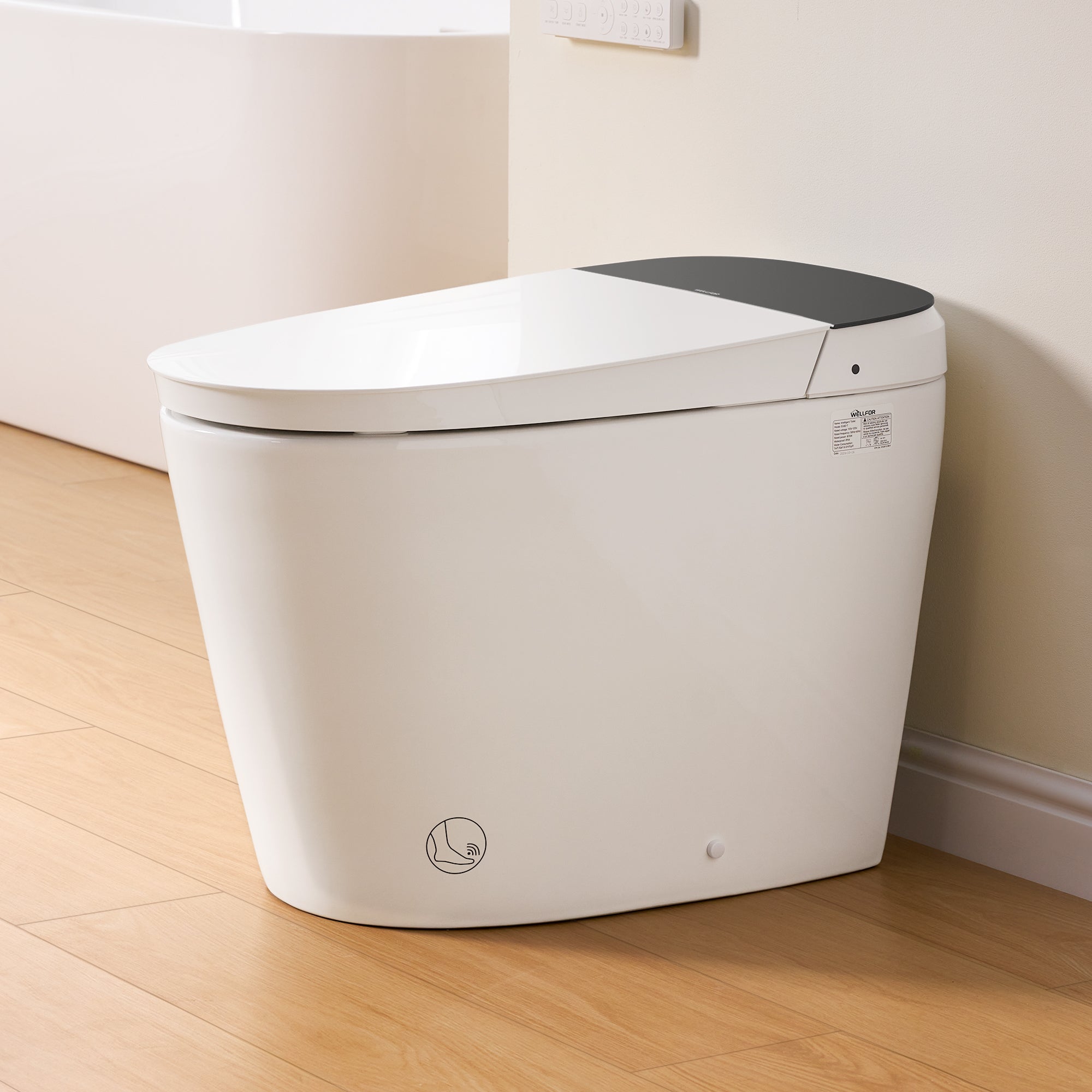
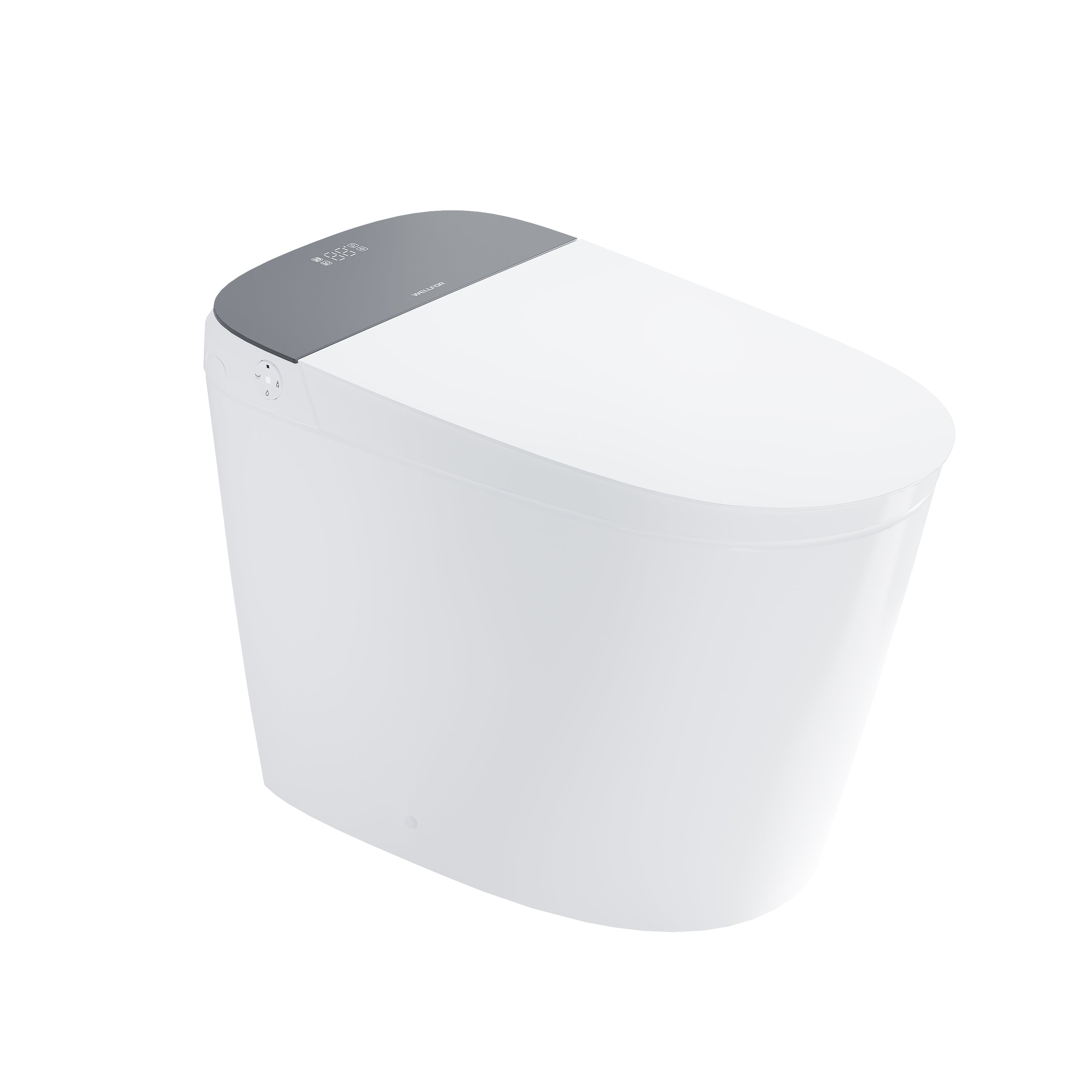
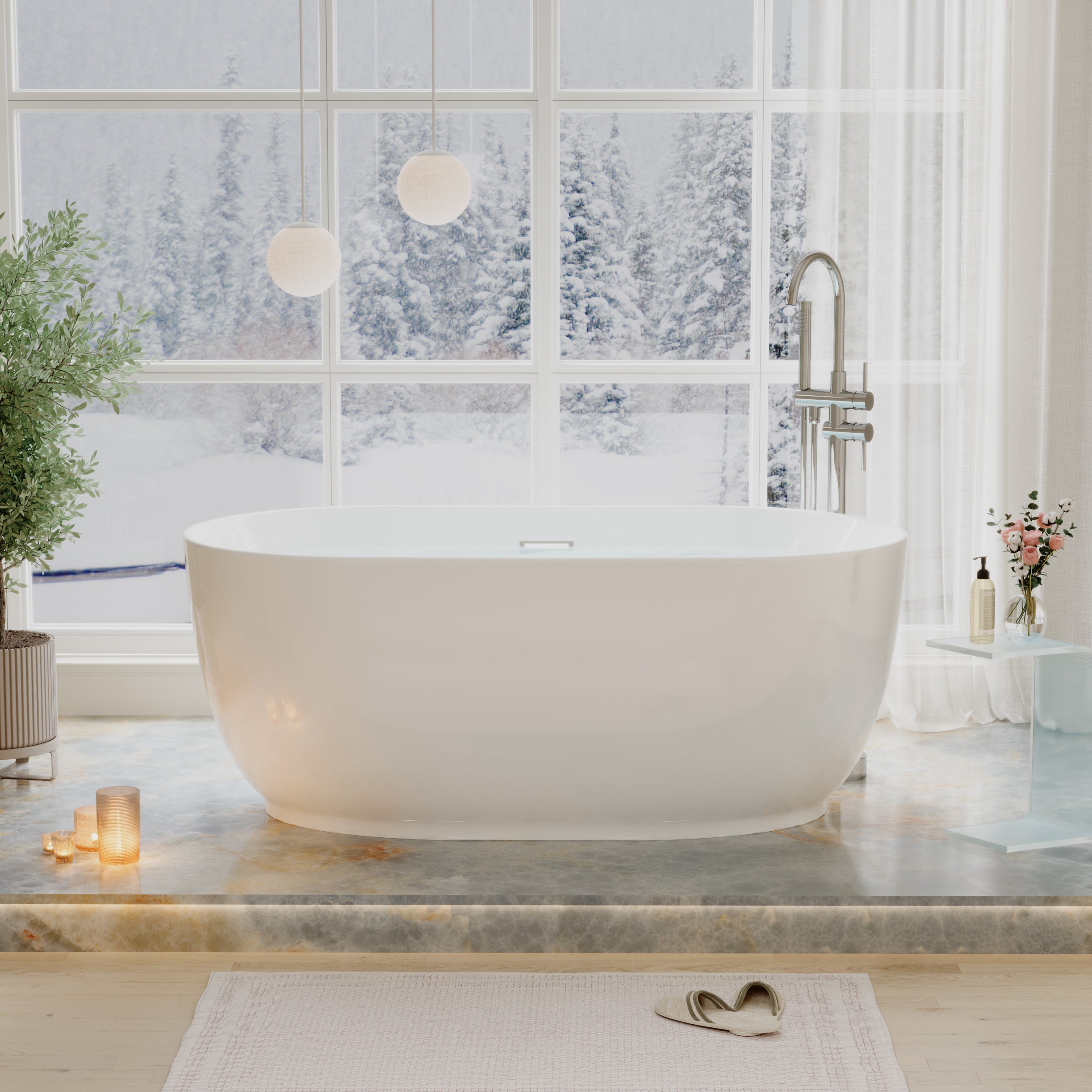
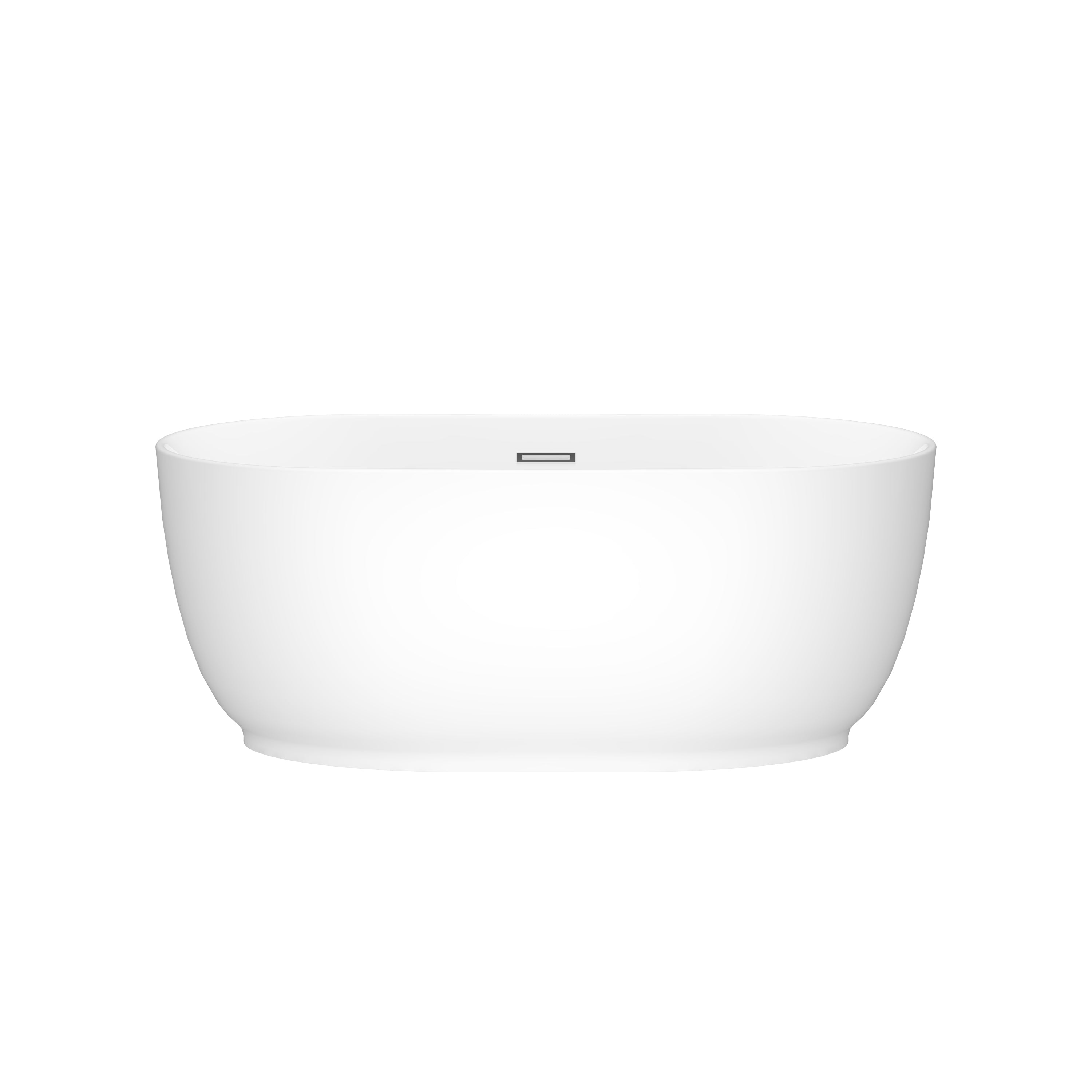
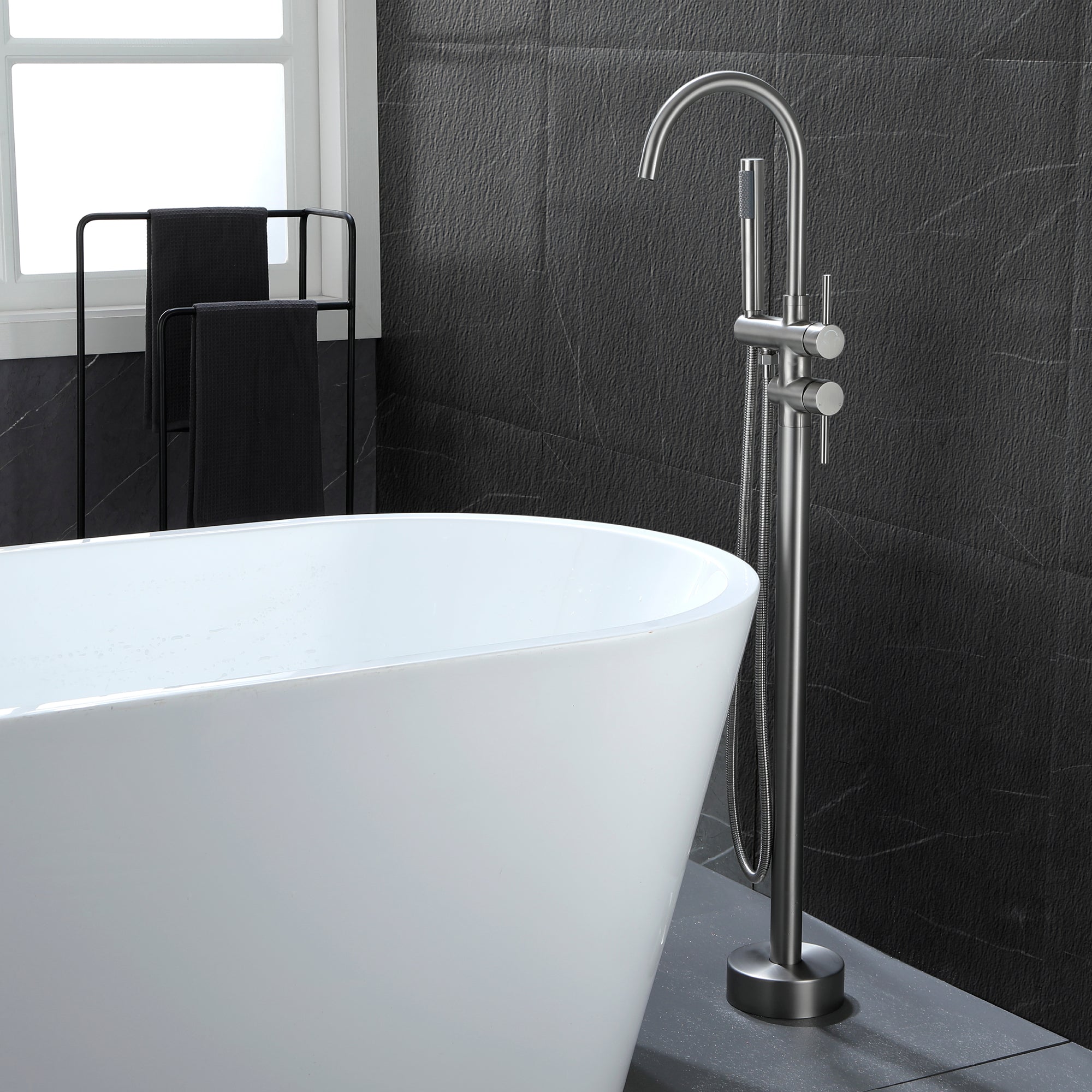

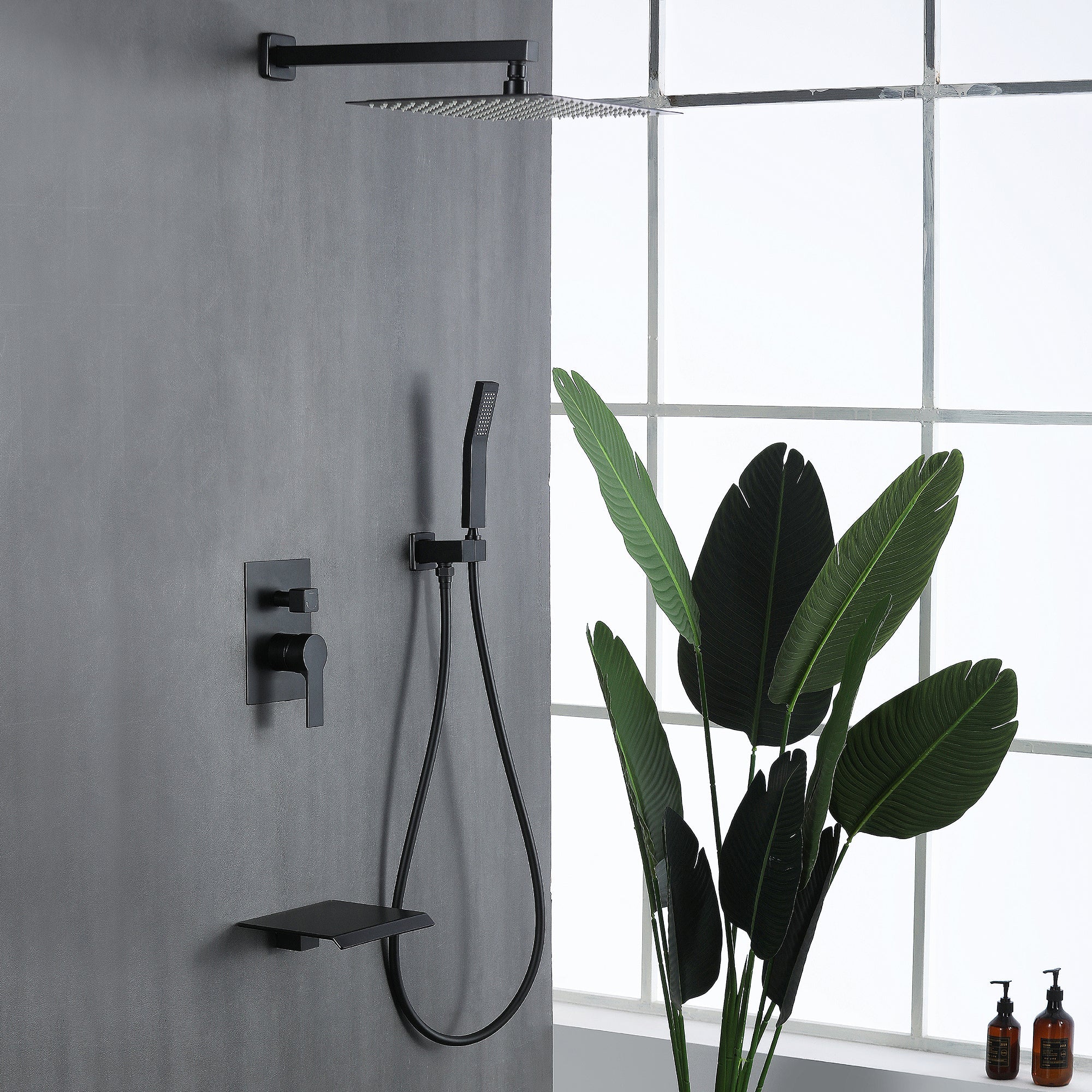
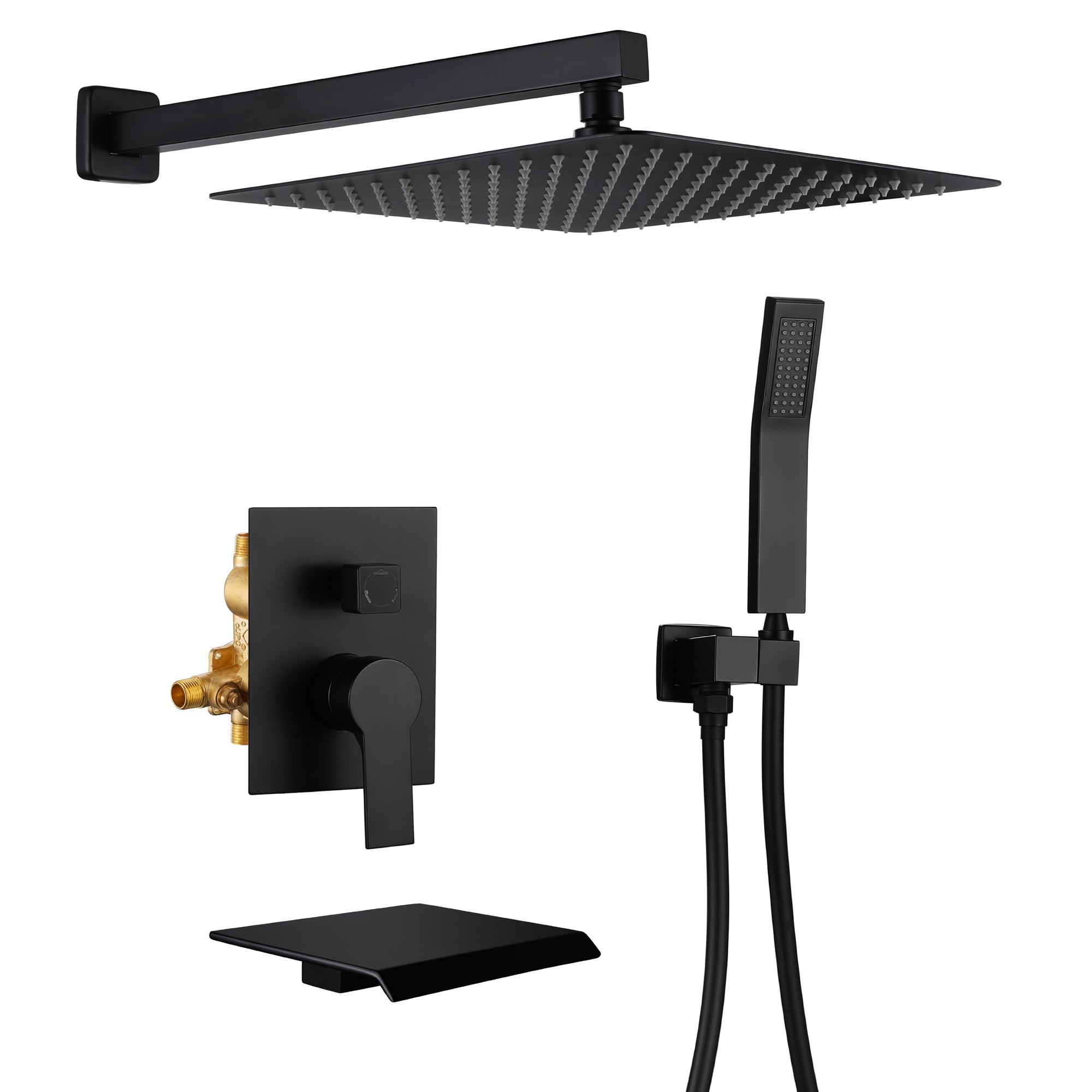
Leave a comment
This site is protected by hCaptcha and the hCaptcha Privacy Policy and Terms of Service apply.